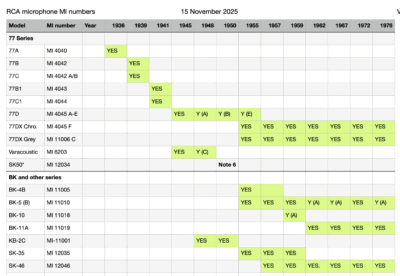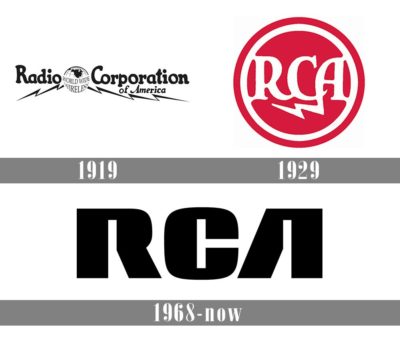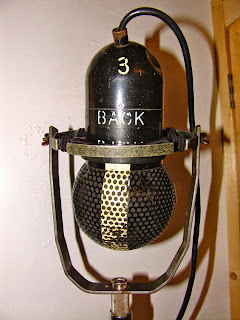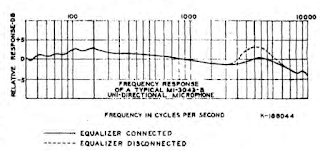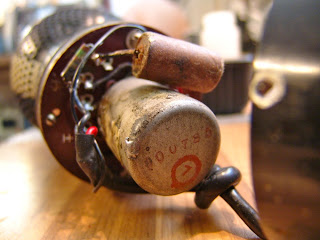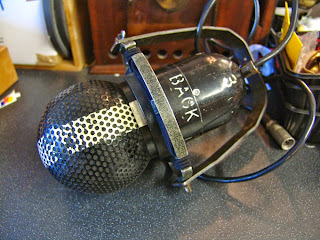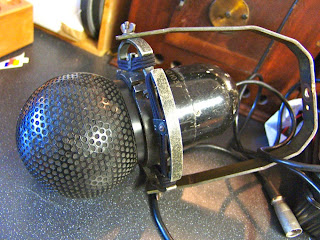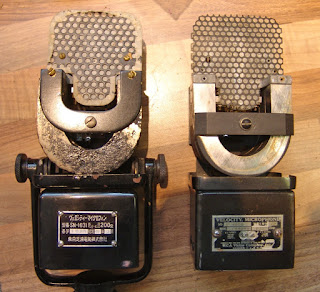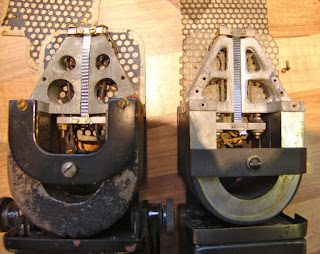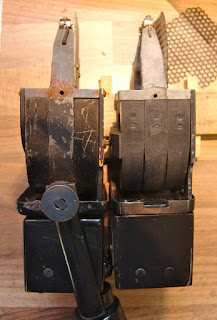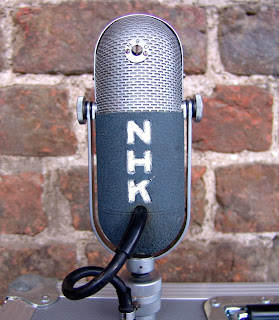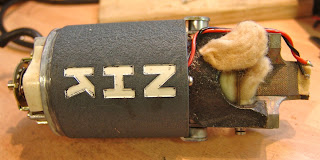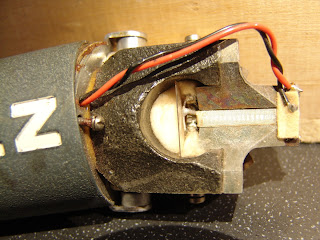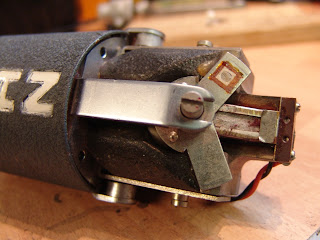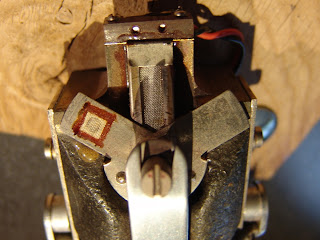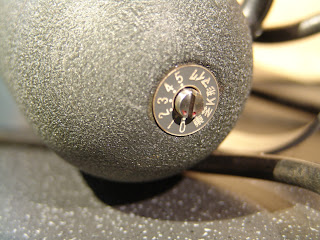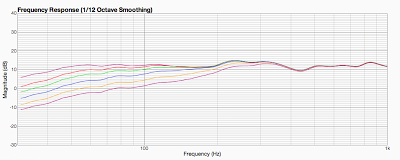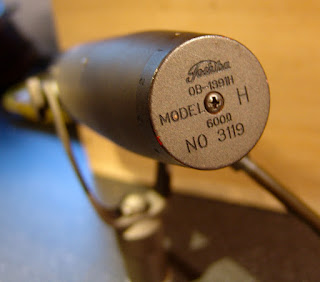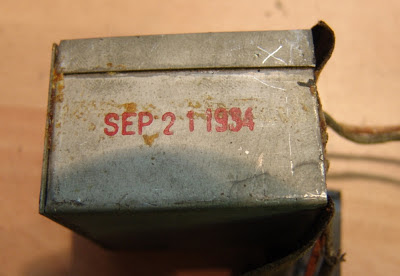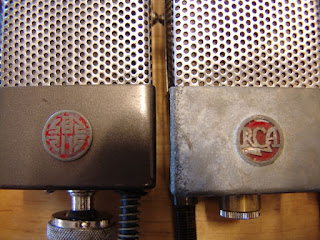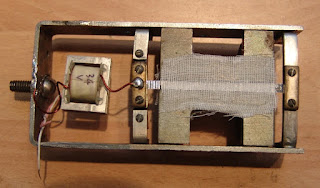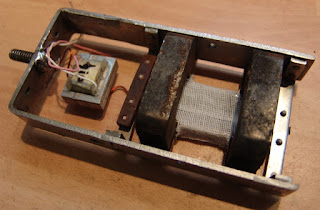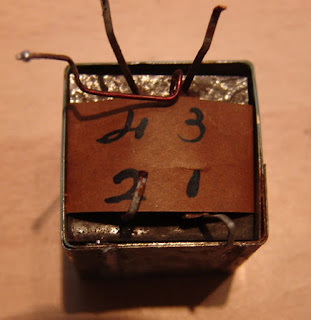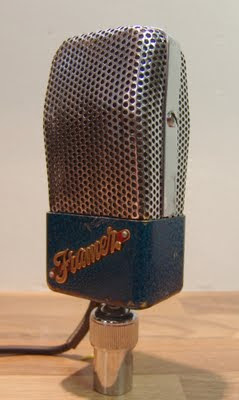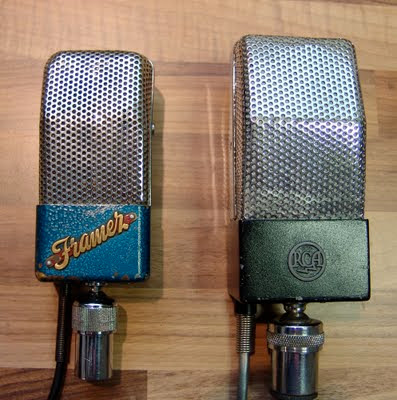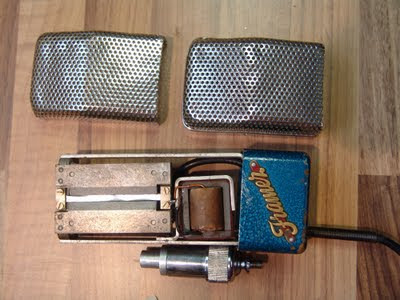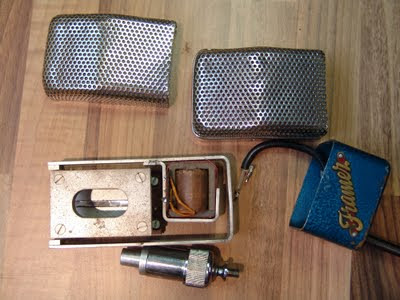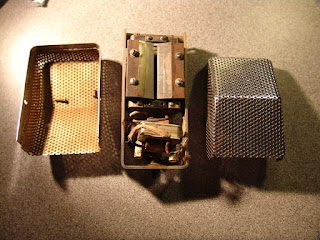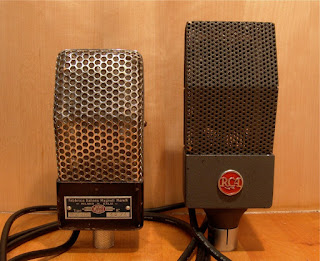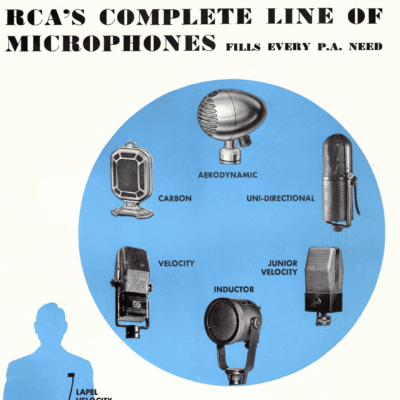
You may have noticed that many RCA microphones have (at least) two names. Generally they have a model number with one or two letters before or after the number, for example 44BX or KU3A. But all RCA products also have an MI number, which is short for Master Item.* The MI number is usually four or five digits and may or may not be followed by a letter, and may contain extra information such as minor improvements or a different finish. A major change might involve a whole new number For example a shiny black and chrome RCA 77D is MI-4045-E and the improved 77DX is MI-4045-F. However the broadcast grey version of the 77DX was considered sufficiently different to become MI-11006-C.
I took a little tour through some old RCA product catalogues and attempted to correlate the microphones’ common names with their MI numbers, and track any minor revisions across the years.
The full document can be downloaded here as a PDF.
The 1930s saw a rapid development in ribbon microphone technology but documentation from that era is hard to find. (That is a big hint – if you have any old RCA catalogs then please share them widely). We have a 44A manual from 1933, and by 1936 the early PB series and related microphones were already being phased out, with only PB90 left in the catalog The longevity of the 44B/BX and 77D/DX models is notable but expected, with each being in production for around 20 years. Other models appear only fleetingly – the 77B and C models appear only in 1948, and the B1 and C1 only in 1950. Some models such as the SK-50 and KU2 do not appear in any of these documents.
From 1968 onwards RCA introduced a new look, retiring the old red meatball logo in favour of a three letter graphic with a modern stylised font.
* I have seen MI called Master Index in places, but the RCA catalogs call it Master Item, so let’s go with that!
** British spelling. RCA use the American English “catalogs”
